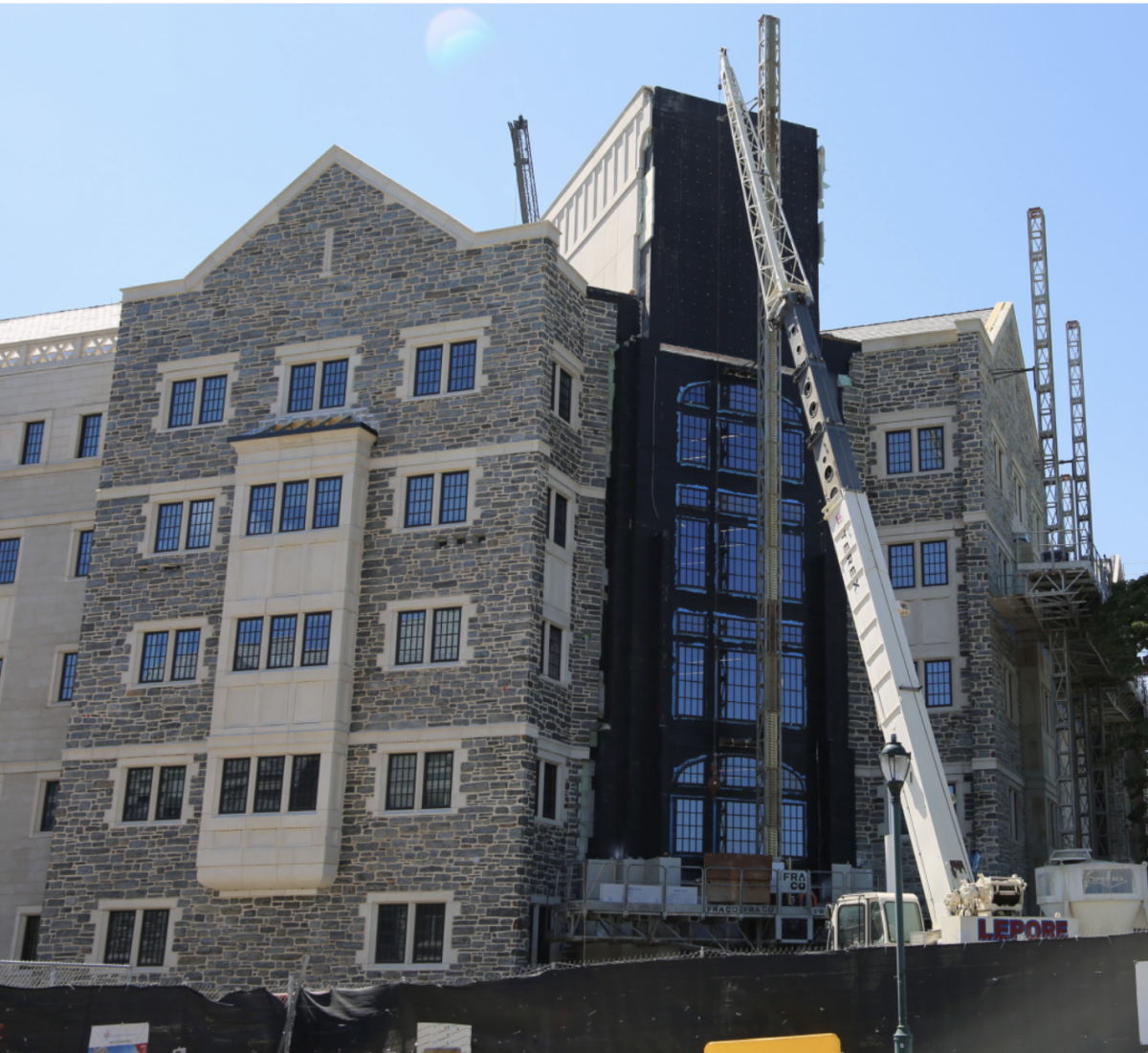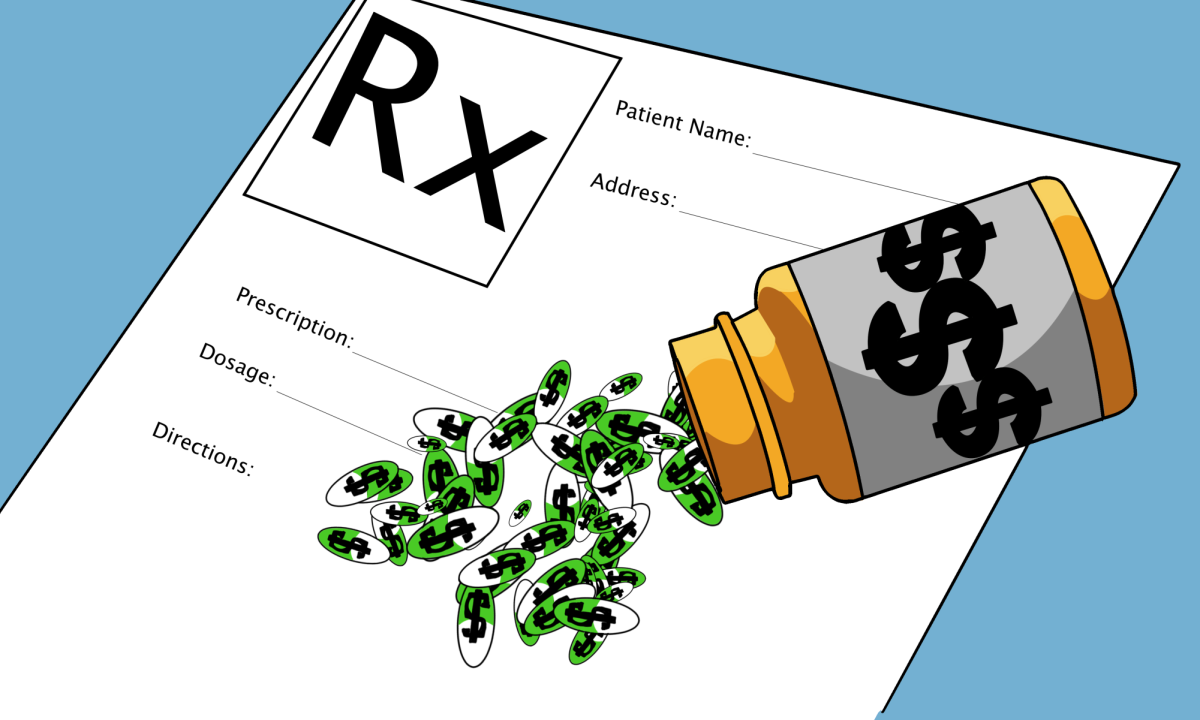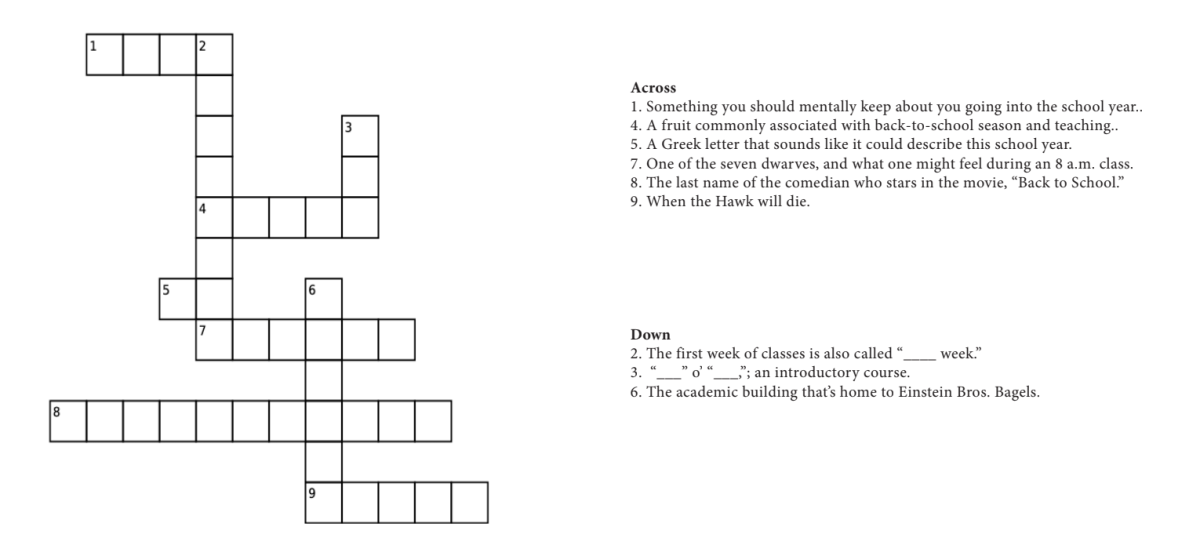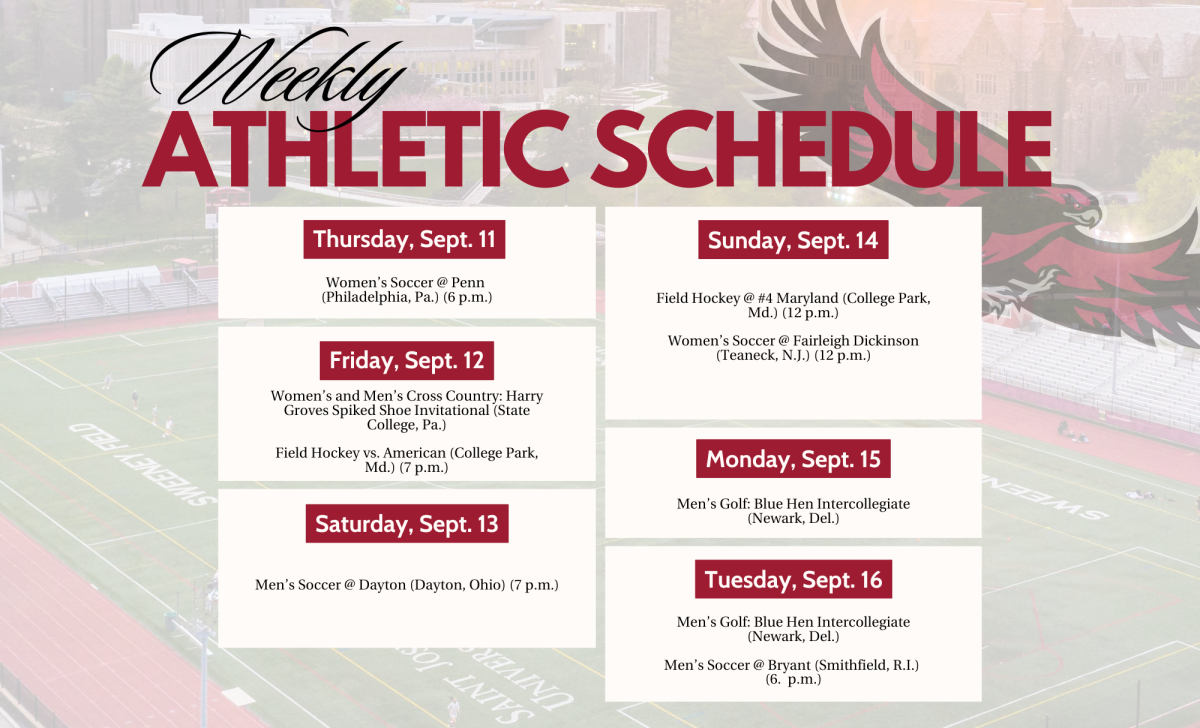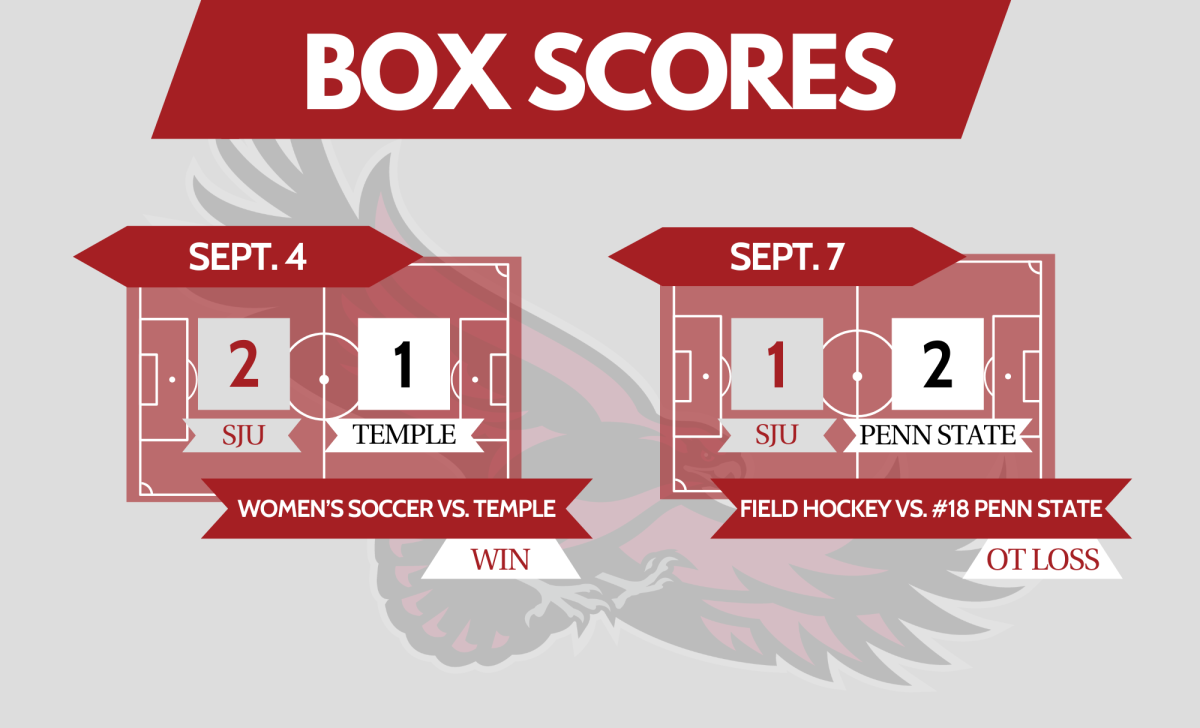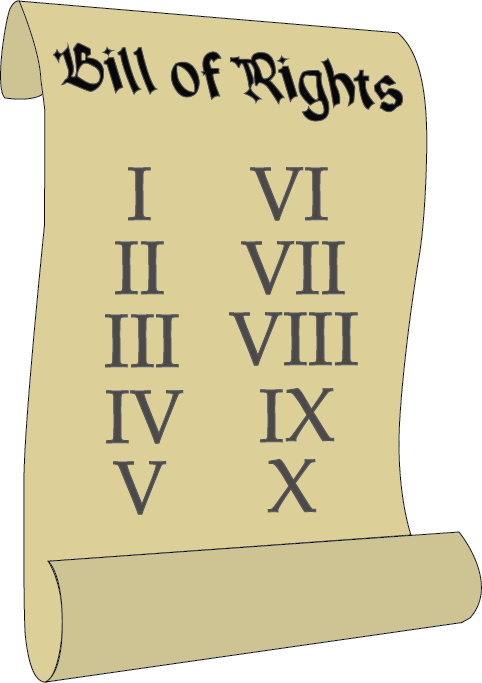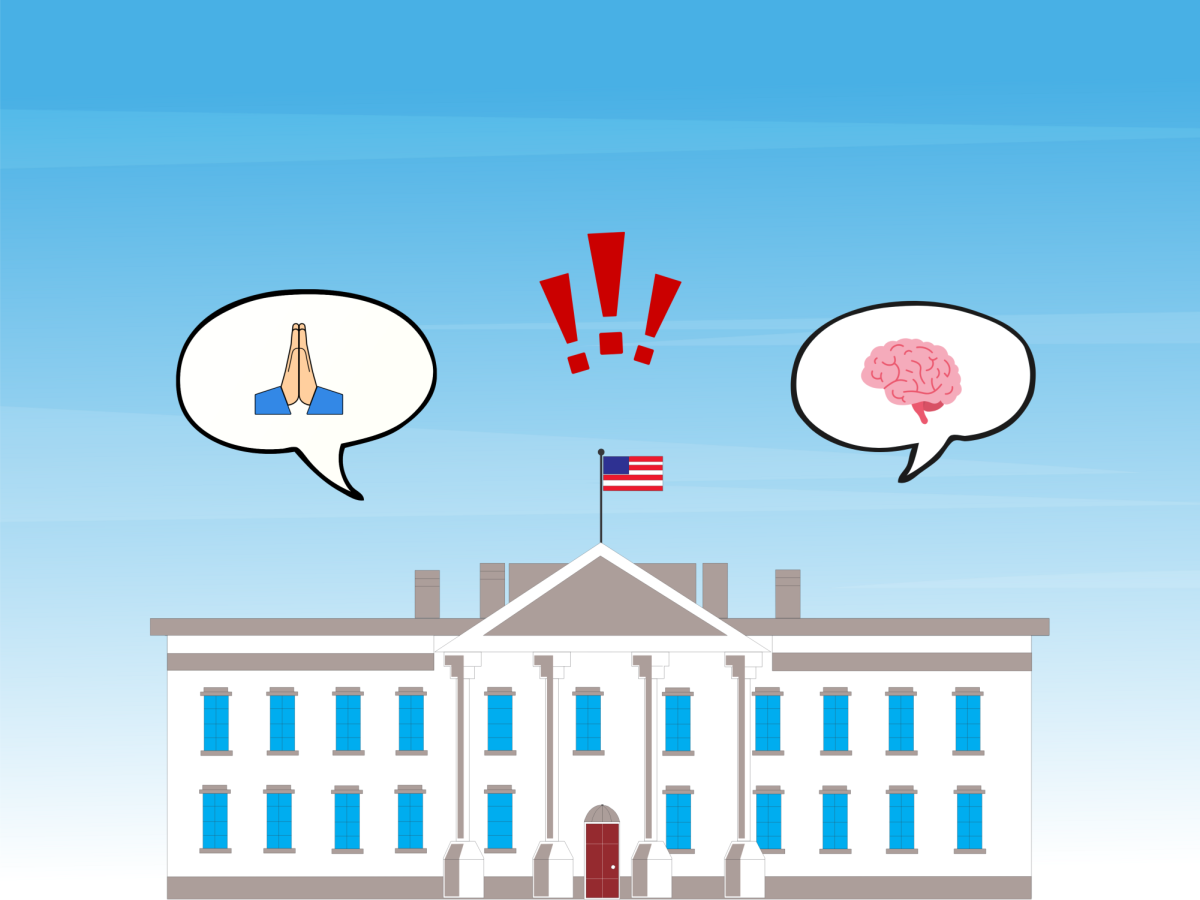Legacy of the controversial Hazelwood v. Kuhlmeier lives on
The first ever Hazelwood Day of Action is Jan. 31, and marks the start of a year-long campaign initiated by the non-profit Student Press Law Center (SPLC), to draw attention to the First Amendment rights of high school and college media. The Hazelwood Day of Action references the 1988 US Supreme Court ruling in the Hazelwood v. Kuhlmeier case.
In this case, the Supreme Court ruling upheld a high school principal’s decision to remove articles written by student journalists at Hazelwood East High School in St. Louis County, Mo. The principal, having deemed articles about teen pregnancy and divorce inappropriate for The Spectrum’s audience, felt within his right to exert editorial control and remove pages of the finished issue without the student journalists’ knowledge.
This exercise in censorship by the Hazelwood East High School’s principal was considered an egregious display of absolute editorial power that infringed upon the students’ rights of free speech. Three Hazelwood students ended up taking the Hazelwood School District to court, inevitably ending up in the U.S. Supreme Court, where the controversial ruling was made.
The Supreme Court ruling held that public schools are allowed to prohibit the publishing of content if it poses a pedagogical concern by violating the educational mission of schools. Today, the SPLC understands the damaging effect of this 1988 ruling to be the sanctioning of administrative censorship of student media, which is why the Hazelwood Day of Action came to be.
Thus the first objective of Hazelwood Day is to promote discussion of the Hazelwood decision through activities and conversations about the importance of student press independence. The SPLC sees the Hazelwood case as the ultimate infringement on the student press’ ability to publish articles, but also their independence.
Another objective is to bring awareness to New Voices legislation, passed in 18 states, which protects the student press’ First Amendment right to publish content and provides additional free speech protection for students. Pennsylvania is one of the 18 states that has adopted the New Voices bill in their Administrative Code. When looking at the local application of New Voices legislation in Pennsylvania, there are ways in which this particular legislation provides protections for high school and college student journalists’ First Amendment rights.
In the PA Administrative Code, lawmakers provide these “protections” of free speech and “curtail” administrative censorship through the insistence of responsibilities that students have when publishing news. For example, the Code says that “students have the responsibility to obey laws governing libel and obscenity and to be aware of the full meaning of their expression” and that they “have the responsibility to be aware of the feelings and opinions of others and to give others a fair opportunity to express their views.”
Student journalists and their schools, to whom the PA Administrative Code is directed, are provided a much clearer understanding of the possible ramifications of what could be published, as well as reminded of their responsibilities as student media affiliated with public schools.
The New Voices legislation does seem to be correcting a lot of vagueness in the Supreme Court decision for Hazelwood v. Kuhlmeier (1988) and de-emphasizing this administrative control of censorship over student media. With the implementation of this legislation, student journalists,are being held to the same standards as professional journalists. So, by having the New Voices legislation in place, student press is provided the same protection of independence as the professional press.
The New Voices legislation, and its promotion by the SPLC through the Hazelwood Day of Action, is taking much needed steps to place more power into the hands of the student press and make sure that their freedoms are not infringed upon.



